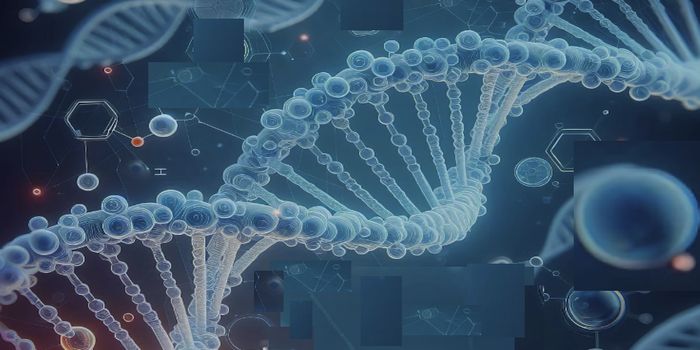Creating a Gene Therapy to Treat an Iron Storage Disorder
Hereditary hemochromatosis (HH) is caused by genetic mutations that lead to the abnormal accumulation of iron in different organs such as the heart, liver, or pancreas, and the joints, which can lead to organ or joint damage. The genetic error disrupts the absorption of iron in the small intestine. Hereditary primary hemochromatosis is also known as iron storage disorder, and though it is rare, it is one of the more common inborn errors of metabolism. Complications of the disease can include cardiomyopathy, diabetes mellitus, liver cirrhosis, and liver cancer.
Scientists have now found a way to treat HH by targeting the genetic mutation that causes the disease, and correcting it. While more work will be needed before patients are treated, this research, which has been reported in Nature Communications, is a major step forward.
Iron storage disease is typically caused by a mutation in the hemochromatosis gene called HFE, which is found on chromosome 6. The disease only arises in people who carry two mutant copies of the gene, noted study co-leader Dr. Michael Ott of the Hannover Medical School (MHH). In most patients, a mutation called C282Y impacts both copes of HFE, causing the aberrant substitution of an amino acid in the protein encoded by HFE.
These mutations cause a loss of function in the HFE protein, and iron absorption in the intestine is no longer under control. The iron levels of patients have to be constantly monitored, which is not only stressful, but it doesn't always work, noted Ott. Iron-binding drugs can also have unwanted side effects.
The CRISPR-Cas9 gene editing system has offered another treatment approach. In one application of CRISPR called base editing, the genome is not cut, the unwanted nucleotide base is just changed. This can drastically reduce the risk of unwanted edits, which can pose serious problems. The C282Y mutation is also easily repaired in this way.
The investigators tested this approach in a mouse model of HH; they determined that 12 percent of the genetic mutations were corrected, which is considered successful. Many genetic disorders can be controlled if five percent of cells carry the corrected gene, explained first study author Dr. Alice Rovai. However, the researchers are aiming to improve the rate of repair.
In the mouse model, iron accumulation was reduced within four months, and the researchers anticipate further reductions over longer time periods.
In this work, the researchers used a viral vector to carry the gene editing reagents into cells. But they want to try delivering only the necessary components next. The gene repair may become more efficient when the viral delivery system is jettisoned. The ultimate goal is a treatment that will work in humans afar a single injection.
If successful, this type of base editing could also be used one day to treat other genetic disorders that trace back to single mutations.
Sources: MHH, Nature Communications









